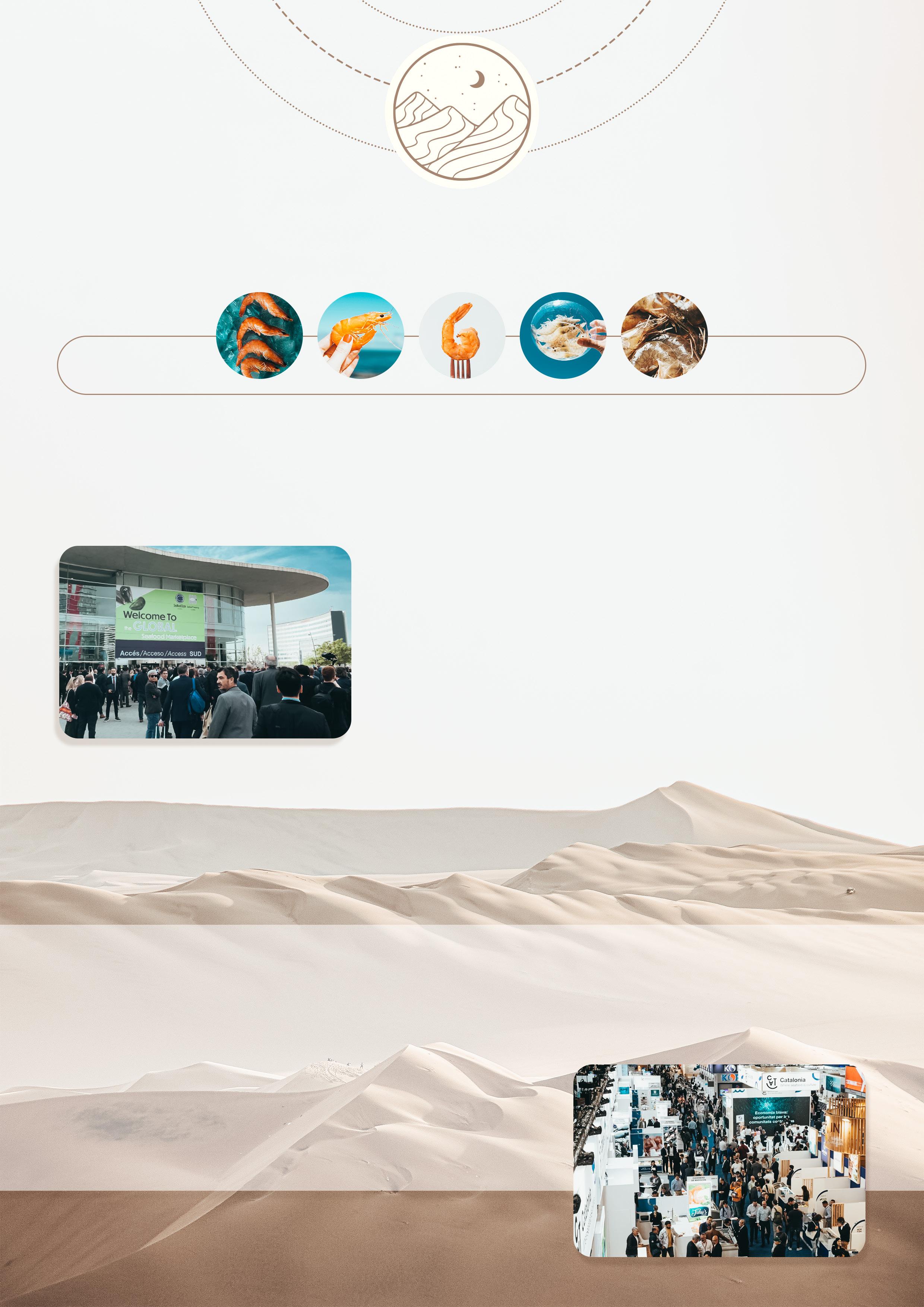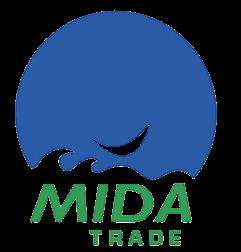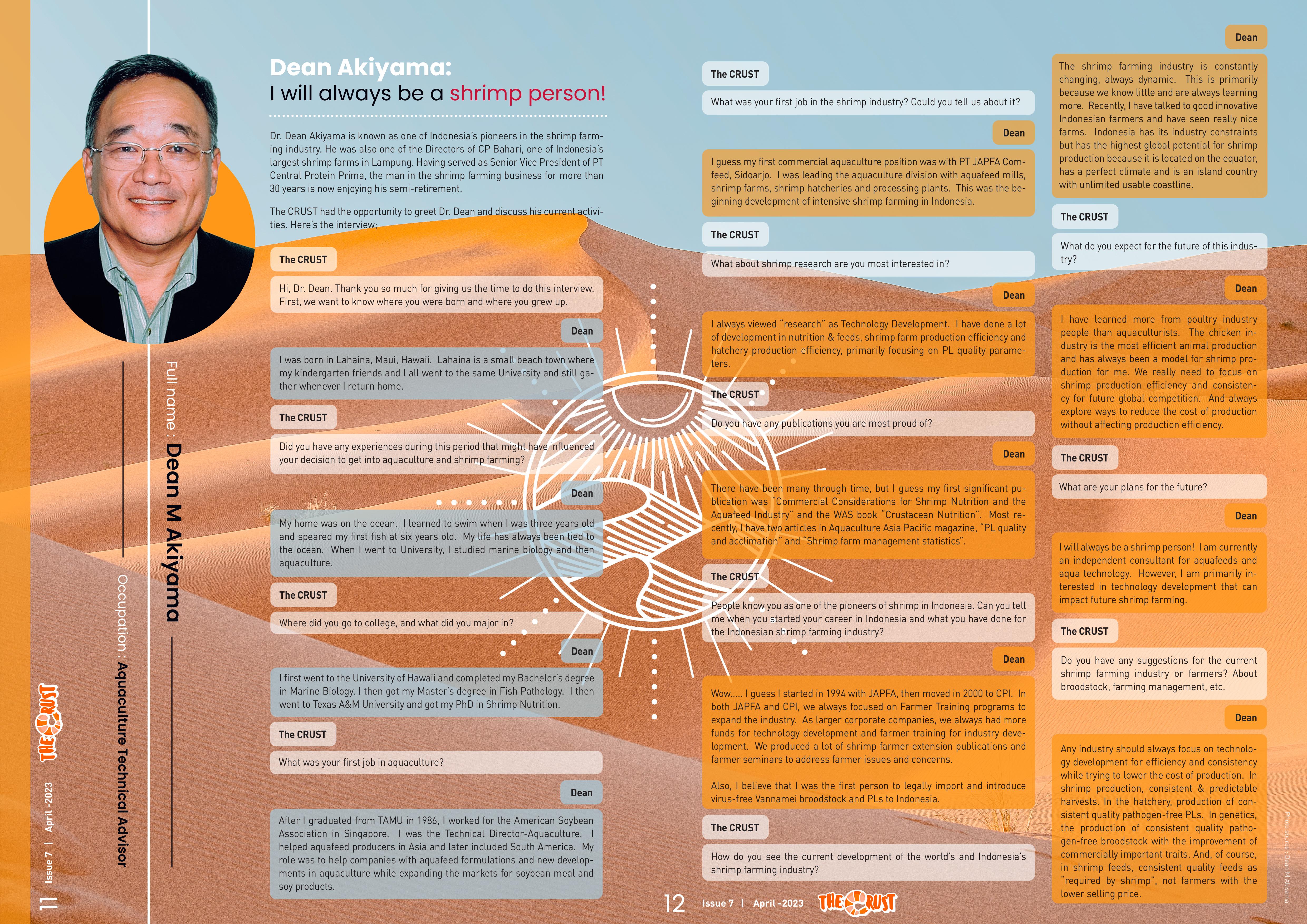
2 minute read
Wet Market Seafood Expo Global
from THE CRUST - ISSUE #7
by THE CRUST
One thing that differentiates Seafood Expo Global in Barcelona from Seafood Expo North America is the sheer vastness of it. Thousands of exhibitors from around the world gather into Barcelona for this annual event in the hopes of gaining new business connections. For shrimp, it is an interesting forum as it gives us an opportunity to scrutinise the European shrimp market.
Europe has always been dependent on 3 primary sources:
1. India
In the above order of volume. The question should be asked, where is Indonesia on that list? Unfortunately, Indonesia comes in a very distant 4th. The Indians supply much of the commodity vannamei, the peeled shrimp that goes into your standard 1kg bags. Ecuador does the valuable HOSO market that France treasures as well as the HLSO market in southern Europe. Vietnam absolutely dominates the value added market in Europe. How is each country able to carve out this niche for themselves? We look closer at each individual market segment.
The peeled market is the bread & butter of most European operations that do vannamei. This can be broadly categorised into 2 main areas, the bigger 16/20-26/30 that goes into mainly white table cloth restaurants, and the smaller 61/70 & up that serves as a cheaper alternative for the coldwater shrimp & is used mainly in Northern Europe as “salad shrimp” or “shrimp sandwiches”. In this aspect, India is usually only strong in the first segment, the bigger sizes. Reason being is the same as why India has this market in the US, it’s much cheaper to grow a 16/20 in India than it is in Indonesia. As a result, India almost always wins in this segment. The smaller size “salad shrimp” is a much more interesting game. It should be noted that many European retailers struggle to find adequate supplies of this item. Most famers (worldwide) simply do not want to grow a small shrimp citing not just high fry costs but the opportunity cost of growing a big shrimp.
Ecuador’s foremost export form is HOSO & some HLSO. Up till recently, Ecuador had not been competitive in peeled shrimp. However it seems to have taken a turn as several importers have mentioned that for the first time ever they are able to afford Ecuadorian peeled shrimp. The HOSO market in Europe is limited to France, Spain & some niche Asian market. However, these 2 countries are also some of the largest seafood consumers in Europe. Due to Ecuador’s spe- cialised production of HOSO, they are able to corner this market on price and quantity. The Italian market which consumes a large volume of HLSO is also dominated by Ecuador.
The value added market is an interesting proposition. We have seen many Vietnamese factories alter their production to specialise in value added going to Europe. With their limited volume, the Vietnamese know they are unable to compete with India & Ecuador (and even Indonesia) on the commodity items. As such they have themselves tried to move as far up the value chain as possible in order to remain competitive. This used to be the exclusive domain of Thailand but Thailand’s removal of the GSP system means that they 20% duty on Thai shrimp entering Europe makes it completely uncompetitive. Vietnam has shown no qualms about picking up the slack though.
Above are the general market segments in Europe. Indonesia has to find their own niche.
THE CRUST - MIDA















